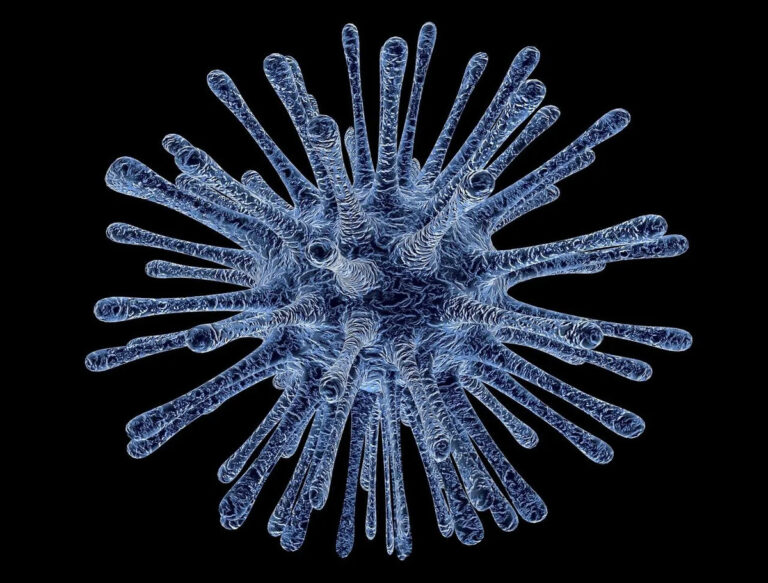With climate change rapidly melting ice caps and glaciers, scientists are increasingly concerned about the ancient microbes being released. These long-dormant microorganisms could pose significant risks, potentially leading to a mass extinction event.
The Hidden Danger in Melting Ice
As global temperatures rise, ice that has trapped ancient bacteria and viruses for millennia is thawing. According to the National Oceanic and Atmospheric Administration (NOAA), Arctic temperatures are increasing at more than twice the global average, accelerating the melt and releasing these microbes into the environment.
What Makes These Microbes So Dangerous?
The concern with these ancient microbes lies in their age and unknown characteristics. Many of these microorganisms have been trapped in ice for thousands, if not millions, of years. This means they have the potential to be unlike any pathogens our immune systems have ever encountered. Dr. Jean-Michel Claverie, a professor of genomics at Aix-Marseille University, highlights that these microbes could “come back to life” and pose new biological threats.
Real-Life Examples of Microbial Revival
There have already been instances where ancient microbes have been revived. In 2016, a Siberian heatwave thawed the permafrost, exposing a reindeer carcass infected with anthrax. This led to an outbreak affecting dozens of people and killing over 2,000 reindeer. Such events underscore the potential for more dangerous pathogens to emerge as ice continues to melt.
The Role of Climate Change
Climate change plays a crucial role in this unfolding scenario. The Intergovernmental Panel on Climate Change (IPCC) has warned that if current trends continue, we could see significant increases in global temperatures by the end of the century. This would result in more ice melt and greater exposure of ancient pathogens.
Implications for Modern Ecosystems
The release of these microbes could have catastrophic effects on modern ecosystems. Not only could they cause diseases in humans, but they might also infect wildlife and disrupt ecological balances. For instance, an outbreak of a novel pathogen could decimate certain species, leading to a cascade of ecological consequences.
How Can We Prepare?
Preparing for such a scenario involves both monitoring and research. Scientists are advocating for increased surveillance of thawing permafrost regions and more robust microbial research. The World Health Organization (WHO) suggests that understanding these ancient pathogens is crucial for developing potential countermeasures.
Personal Reflections
Living in Austin, where climate change feels very real with our scorching summers, I often think about how interconnected our world is. Just as we worry about wildfires here, communities near the Arctic face entirely different but equally daunting challenges. The thought that microbes frozen in ice could wake up and cause global issues is both fascinating and terrifying.
Conclusion: A Call for Vigilance
As we continue to combat climate change, it’s vital to consider all its potential consequences, including the revival of ancient microbes. Vigilance, research, and global cooperation are essential to mitigate the risks and safeguard both human health and our planet’s ecosystems. While the idea of ancient pathogens might seem like the stuff of science fiction, it’s a very real challenge that we must be prepared to face.






